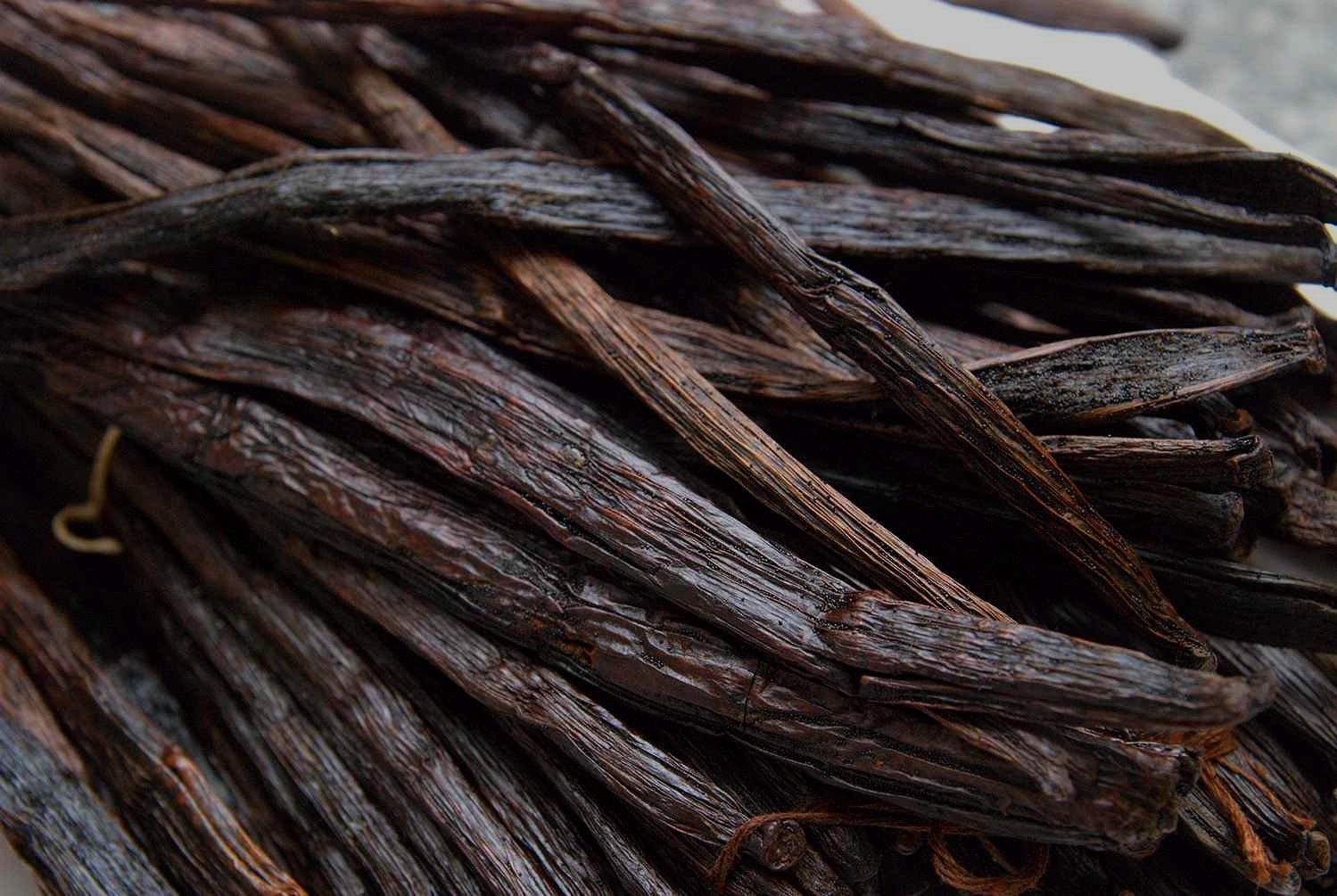Vanilla in Perfumery
Vanilla is one of the most beloved and recognizable scents in the world, found in everything from fine perfumes to our favorite desserts. But beyond its sweet and comforting aroma, vanilla has a rich history and a complex journey that makes it truly special. In this blog post, we’ll delve into the fascinating world of vanilla—from its origins and cultivation to its cultural significance and use in perfumery.
Origins
Vanilla comes from the vanilla orchid, specifically Vanilla planifolia, a plant native to Mexico. The Totonac people of present-day Veracruz were the first to cultivate vanilla, using it in rituals, medicine, and as a flavoring long before the rest of the world discovered its magic. When the Aztecs conquered the Totonac people, they adopted vanilla and introduced it to the Spanish explorers who later brought it to Europe.
Interestingly, the vanilla orchid is unique because it blooms for only one day each year. This brief window of time is critical, as the flower must be pollinated on that very day to produce the coveted vanilla bean. In its native region, this was naturally done by the Melipona bee. However, when vanilla cultivation spread to other parts of the world, such as Madagascar and Réunion, the absence of this specific bee posed a challenge.
Vanilla Beans
Latin Name: Vanilla planifolia
Common Name: Vanilla
Origin: Madagascar
The Art of Hand Pollination
The solution to this challenge came from a remarkable discovery in the 19th century. In 1841, a 12-year-old enslaved boy named Edmond Albius on the island of Réunion (then called Bourbon) developed a method of hand-pollinating vanilla orchids. This technique involves using a small stick or blade of grass to transfer pollen from the male part of the flower to the female part, ensuring fertilization.
Albius’s discovery revolutionized vanilla cultivation, allowing it to spread beyond Mexico and making it a globally traded commodity. Today, nearly all vanilla is hand-pollinated, and the process remains incredibly labor-intensive. After pollination, the beans take several months to mature before they can be harvested, cured, and eventually used in various products.
Harvesting & Production
Once harvested, vanilla beans undergo a meticulous curing process that can take up to six months. This process includes several stages, such as blanching, sweating, drying, and conditioning. During curing, the beans develop their characteristic dark color and rich aroma. The final product is a fragrant, flavorful spice that is cherished in both culinary and perfumery applications.
Madagascar is now the world’s largest producer of vanilla, accounting for more than 80% of global supply. The island’s unique climate and soil conditions, combined with the time-honored techniques of its farmers, result in vanilla beans that are highly prized for their quality.
Vanilla in Perfumery
In the world of perfumery, vanilla is a versatile and essential ingredient. It is often used as a base note, providing depth and warmth to a fragrance, but it can also serve as a heart note in compositions that highlight its sweet, creamy qualities. Vanilla’s comforting scent evokes feelings of warmth, luxury, and nostalgia, making it a popular choice in many iconic perfumes.
Cultural Significance
Vanilla’s journey from the orchid to the fragrance bottle is a testament to the dedication and skill of those who cultivate it. It’s important to recognize the cultural and economic significance of vanilla in the regions where it’s grown. In places like Madagascar, vanilla farming is a vital part of the local economy, providing livelihoods for thousands of families.
However, the demand for natural vanilla has also led to challenges, including price volatility and sustainability concerns. As consumers and fragrance enthusiasts, we can support sustainable vanilla production by choosing products that prioritize ethical sourcing and fair trade practices.




